Introducation:
Types of HDPE Pipe Fittings
Elbows: Elbows are essential for altering the direction of piping within a plumbing system. They come in various angles, such as 90 degrees and 45 degrees, allowing for flexibility in designing the layout of the pipes to accommodate spatial constraints and specific flow requirements.
Tees: Tees enable branching connections within the plumbing system, facilitating the distribution of fluids to multiple destinations. These fittings are crucial for creating efficient and organized piping networks, particularly in complex plumbing installations where the flow needs to be directed to different directions.
Couplings: Couplings play a vital role in joining straight sections of HDPE pipes. They provide a secure and leak-free connection, ensuring the integrity of the plumbing system. With different coupling designs available, including mechanical and fusion options, they offer versatility in accommodating various installation preferences.
Reducers: Reducers are utilized to transition between different pipe sizes within the plumbing system. Whether it’s a reduction from a larger pipe to a smaller one or vice versa, these fittings help maintain optimal fluid flow and pressure by matching the piping dimensions to the system’s requirements.
Installation Steps for HDPE Pipe Fittings
1.Pipe Preparation: Prior to installation, it is crucial to cut the pipes to the required length using a pipe cutter or suitable cutting tool. This ensures that the pipes are sized appropriately for the intended application and layout.
2.Cleaning Process: Thoroughly clean the pipe ends and the interior of the fittings to remove any dirt, dust, or debris that could compromise the integrity of the joint. Proper cleaning is essential to achieve a secure and reliable connection.
3.Heat Fusion Technique: Heat fusion is a commonly used method for joining HDPE pipes and fittings. This process involves heating the pipe and fitting ends simultaneously and then pressing them together to form a strong, seamless bond. It is crucial to follow the manufacturer’s guidelines and recommendations for the specific fusion technique being employed.
4.Cooling and Inspection: After the fusion process, allow the joint to cool down to room temperature. Once cooled, visually inspect the joint to ensure proper alignment and fusion. Any irregularities or misalignments should be rectified before proceeding with the installation.
5.Pressure Testing: Conduct a pressure test on the installed HDPE pipe fittings to verify the integrity of the joints. This step involves pressurizing the system to a predetermined level and monitoring for any pressure drop or signs of leakage. A successful pressure test confirms the reliability of the installed fittings.
Guidelines for Selecting HDPE Pipes
Consider Application: When selecting HDPE pipes, it is essential to consider the specific application requirements, including the type of fluid being conveyed, the operating temperature, and environmental factors. Understanding the application enables the selection of pipes that are best suited for the intended use.
Size and Dimension: Choose HDPE pipes with the appropriate size and dimension to ensure compatibility with the plumbing system. Consider factors such as flow rate, pressure requirements, and spatial constraints when determining the pipe size and dimensions.
Pressure Rating: Verify the pressure rating of HDPE pipes to ensure that they can withstand the expected operating pressure within the plumbing system. It is important to select pipes with a pressure rating that aligns with the system’s requirements to prevent potential failures or leaks.
Material Quality: Opt for high-quality HDPE pipes from reputable manufacturers to ensure durability, longevity, and performance. Quality pipes are manufactured using precise standards and quality control measures, providing assurance of their reliability in plumbing applications.
Compliance: Ensure that the selected HDPE pipes comply with relevant industry standards and regulations. Compliance with standards such as ASTM, ISO, or other regional specifications ensures that the pipes meet the required quality and performance criteria for safe and effective use in plumbing systems.


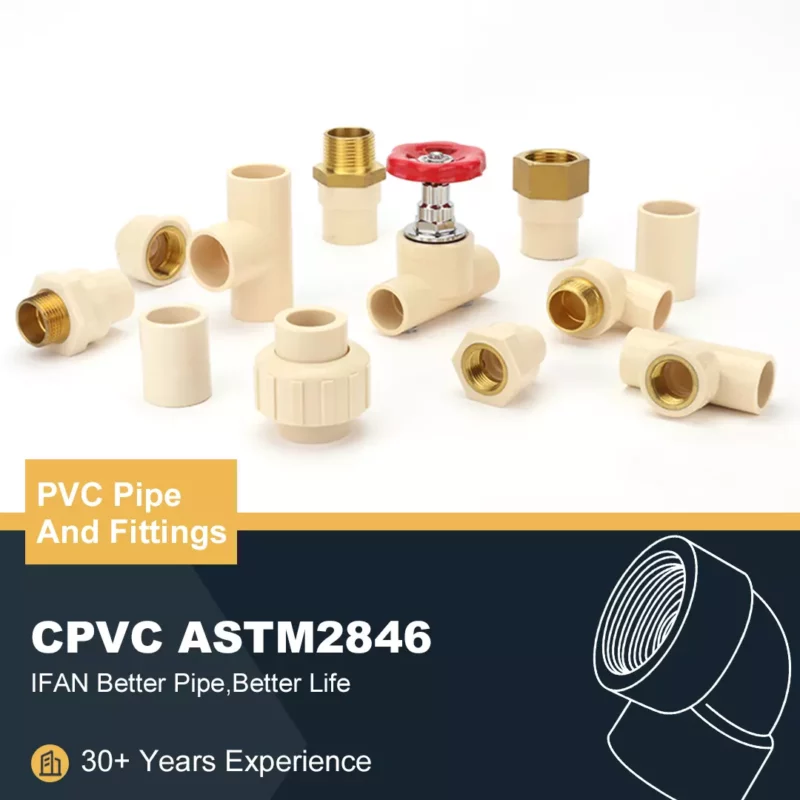
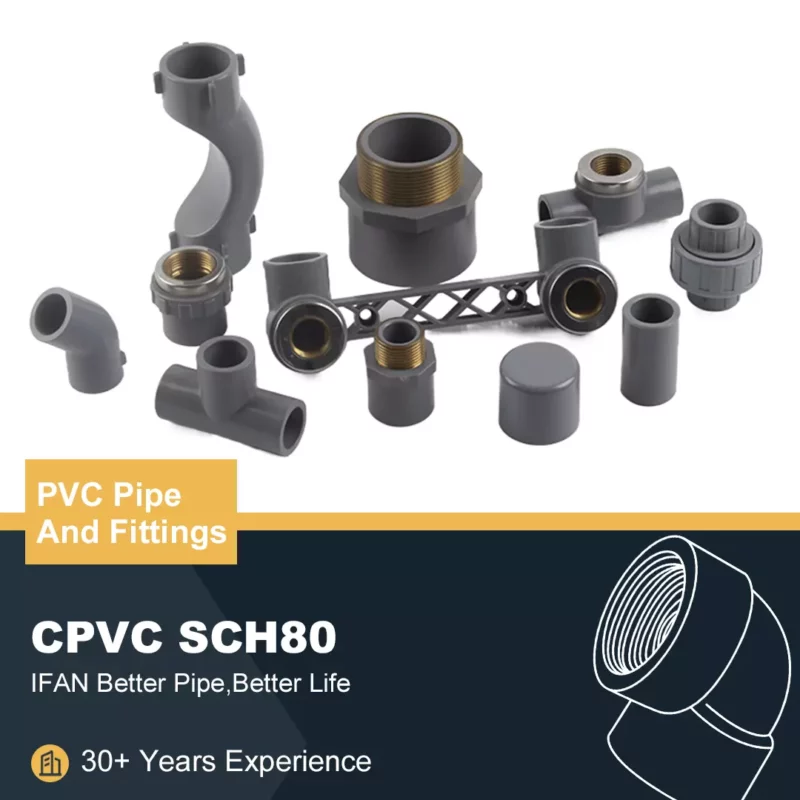
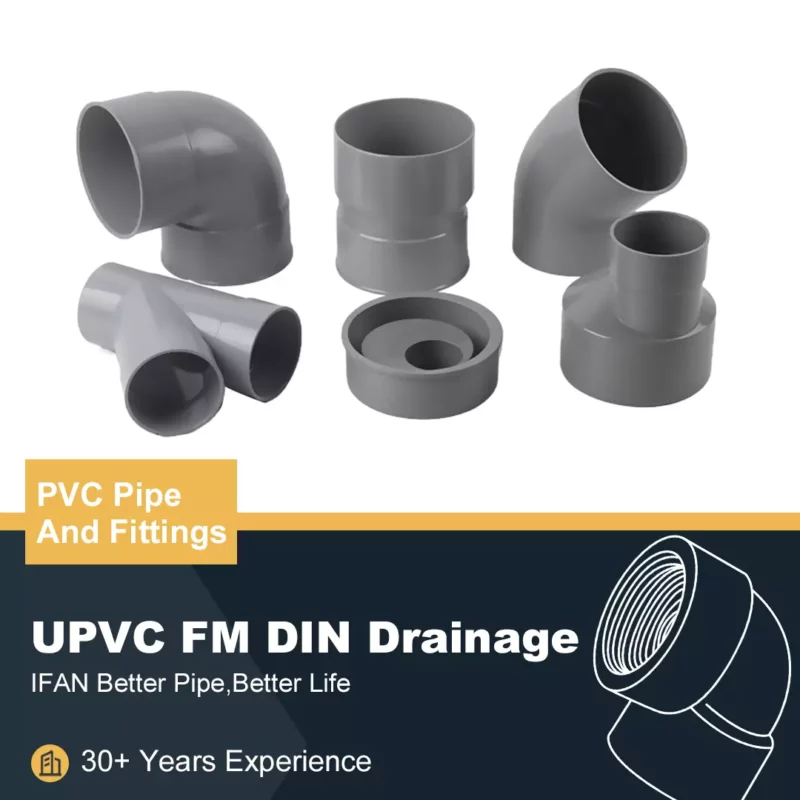
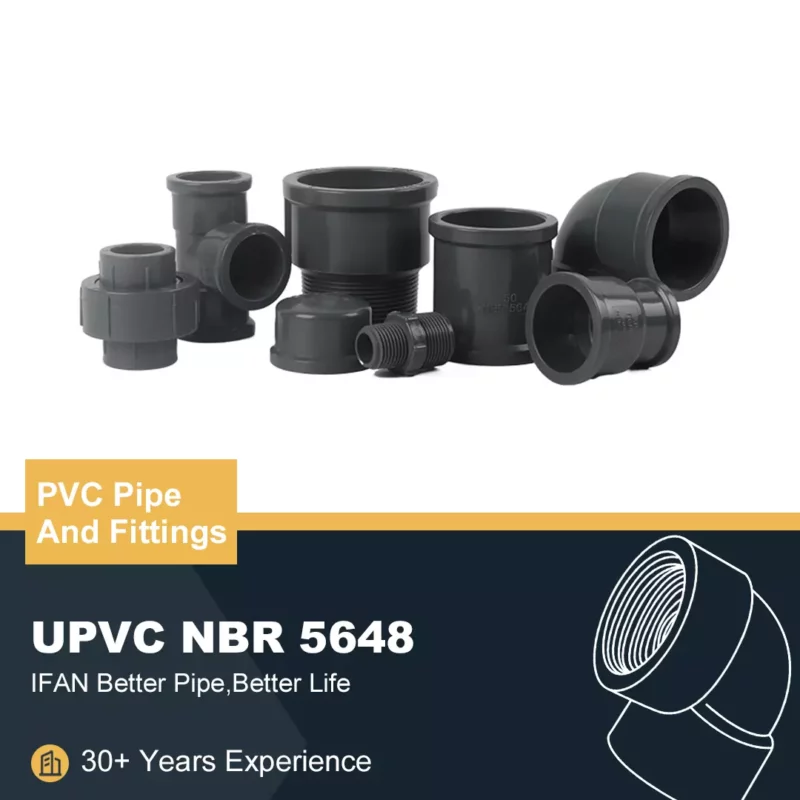
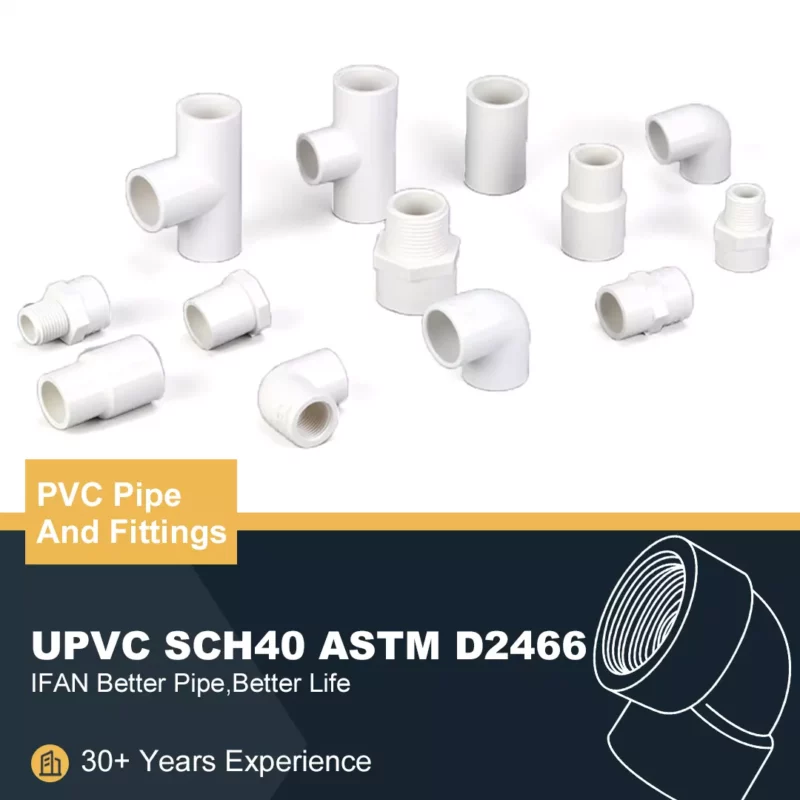
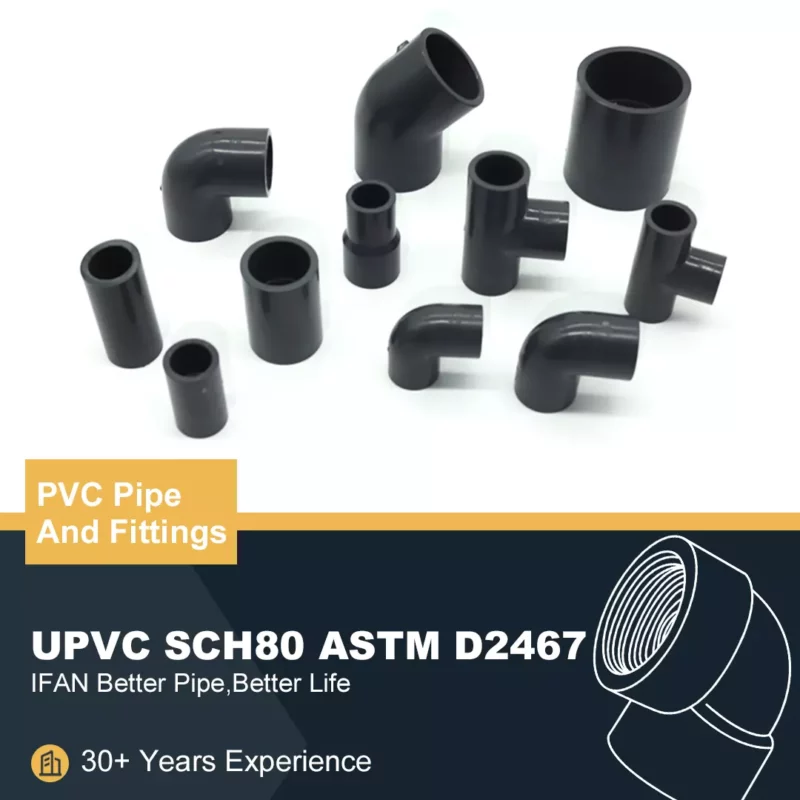
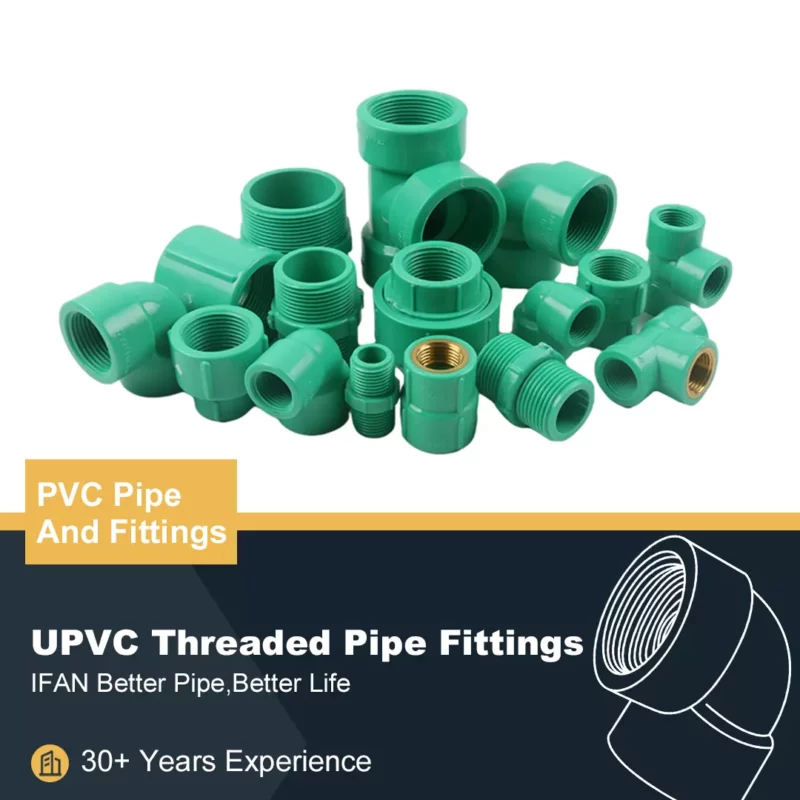
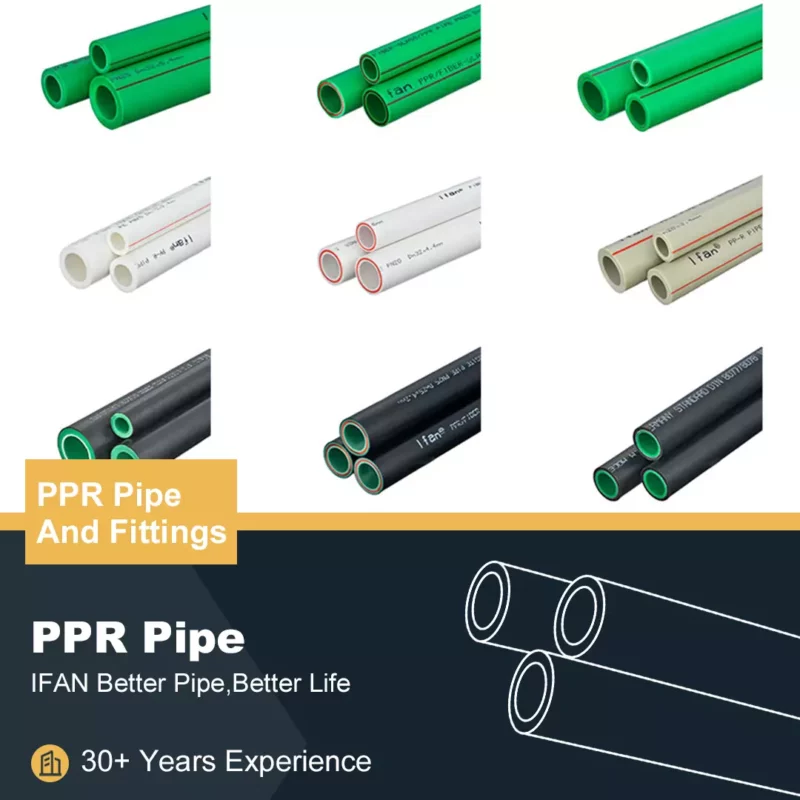
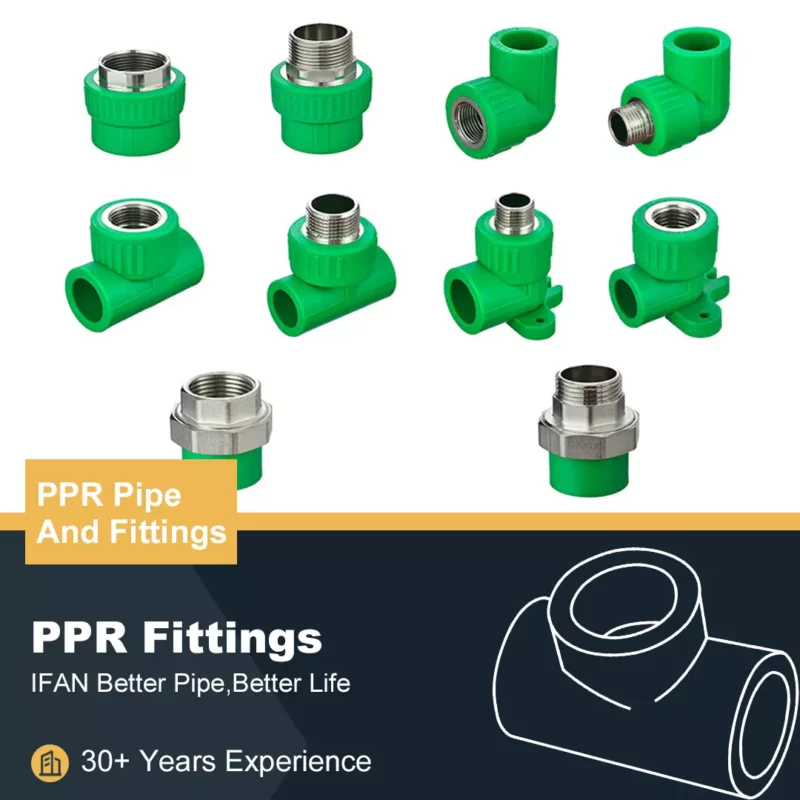
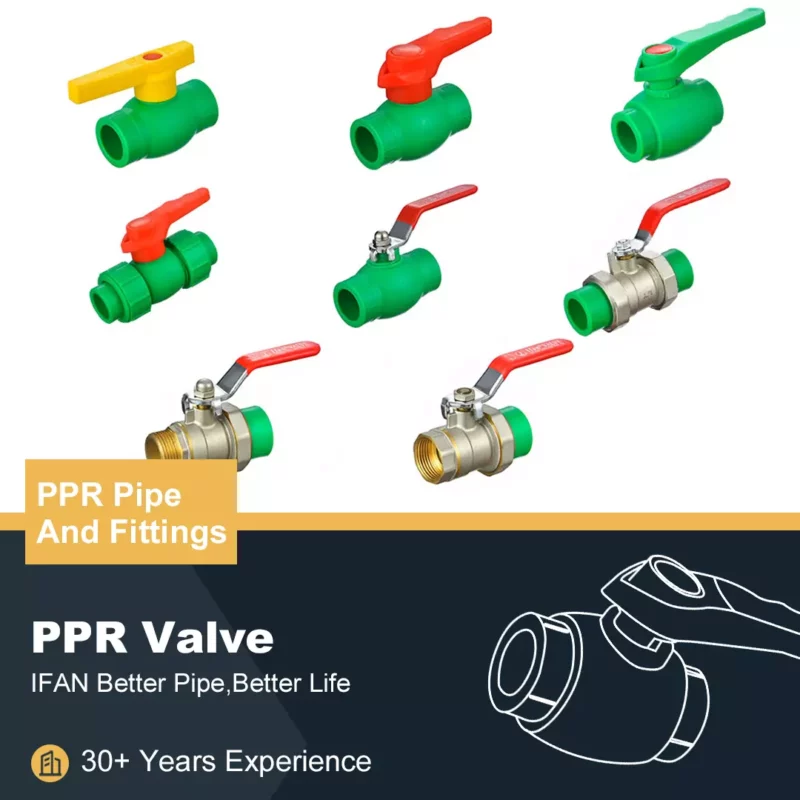
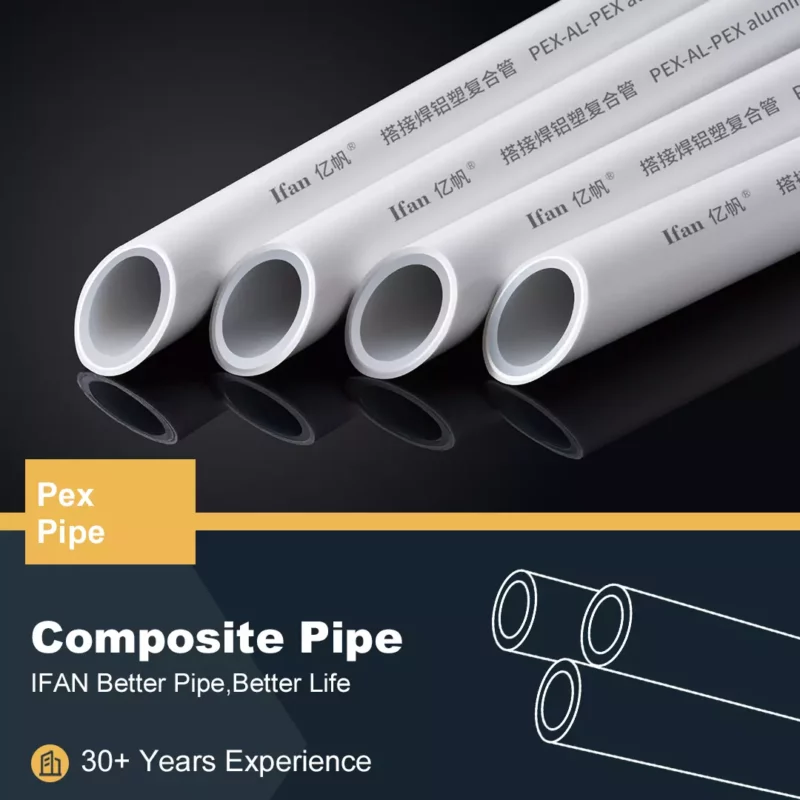
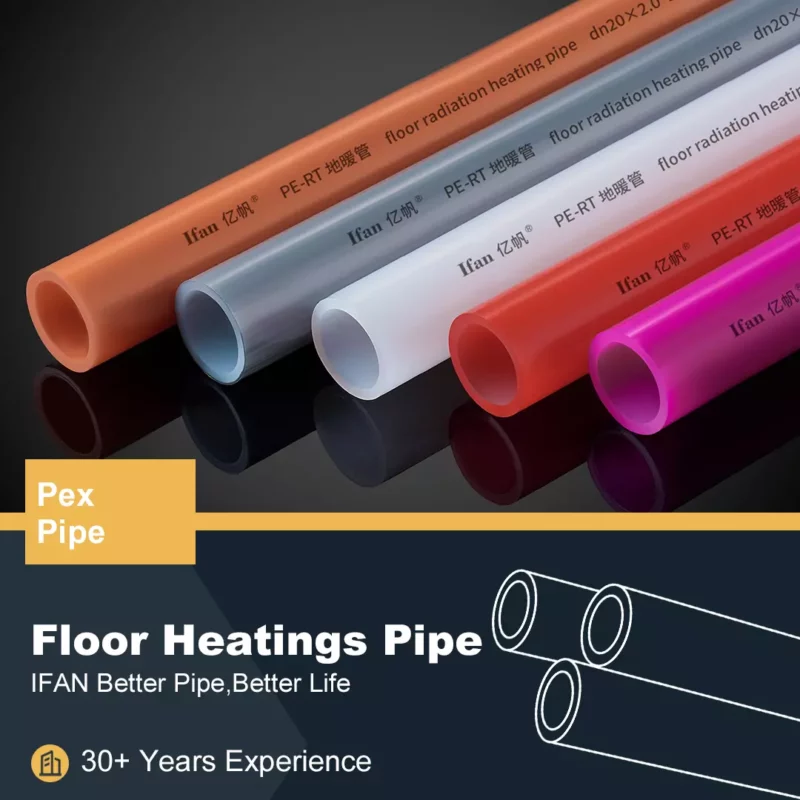
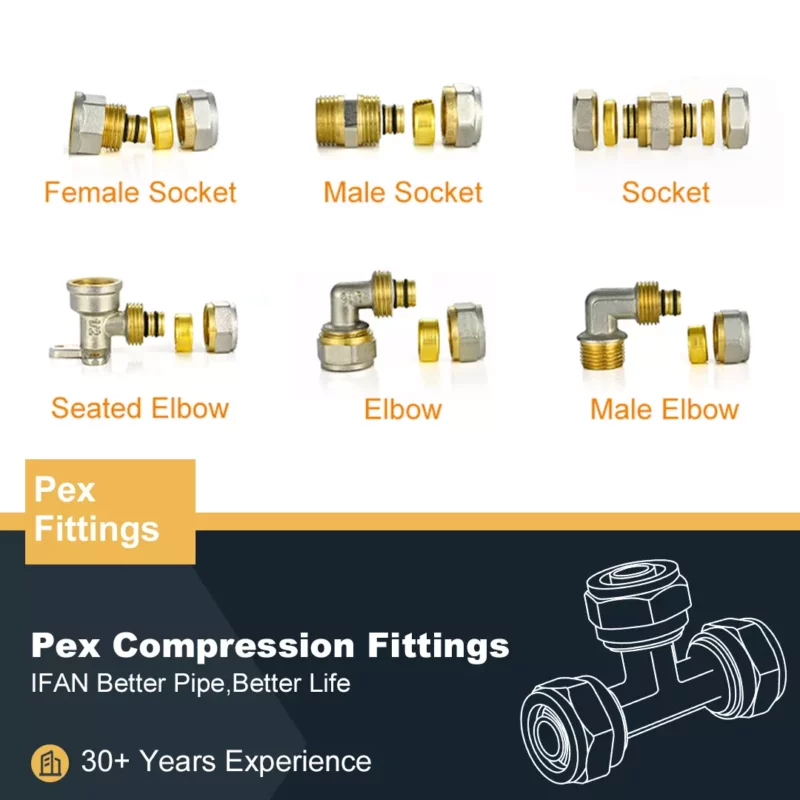
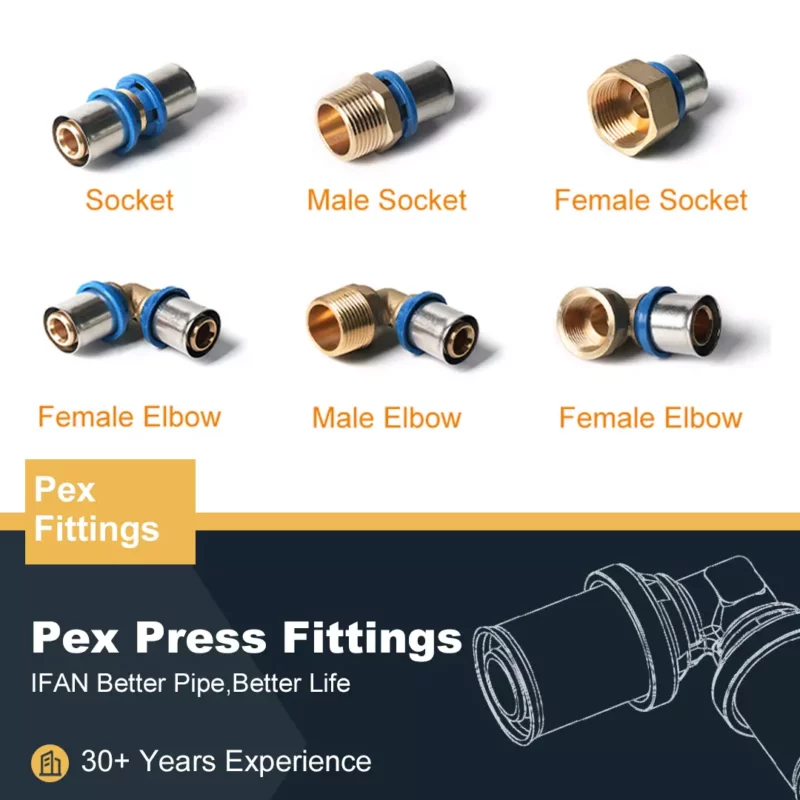
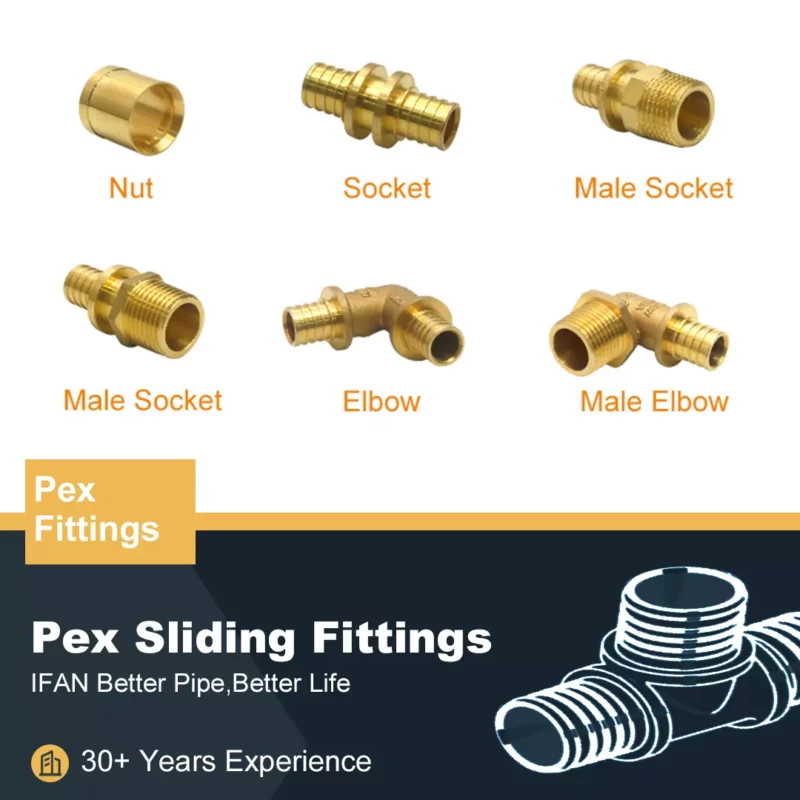
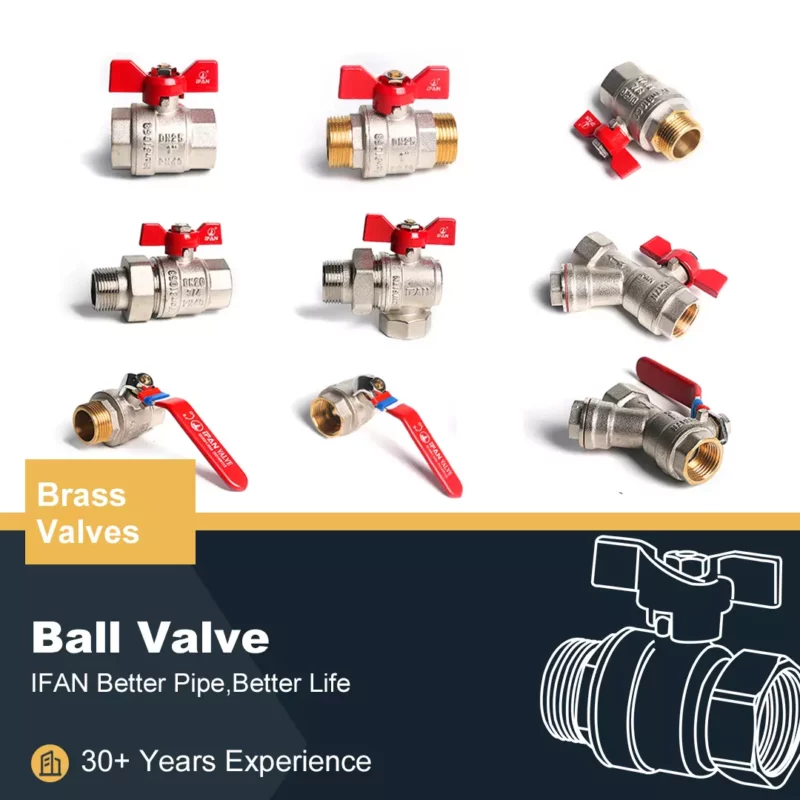
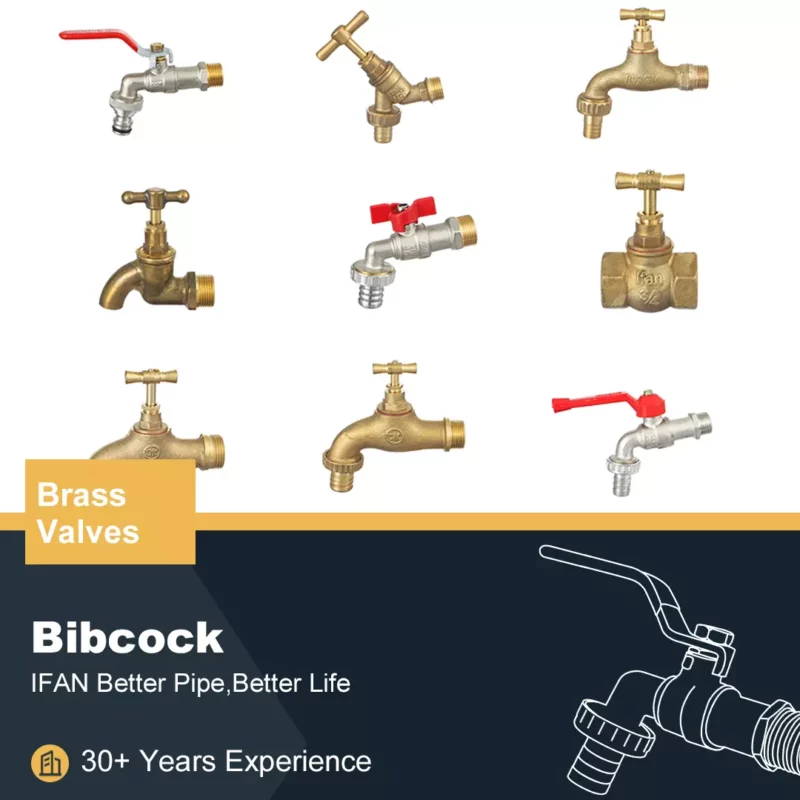
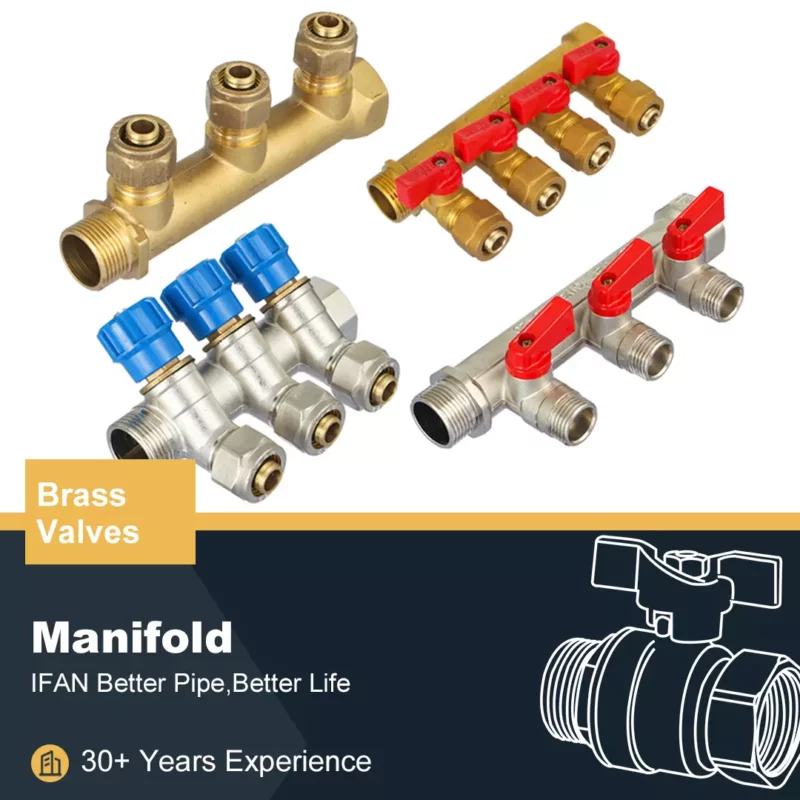
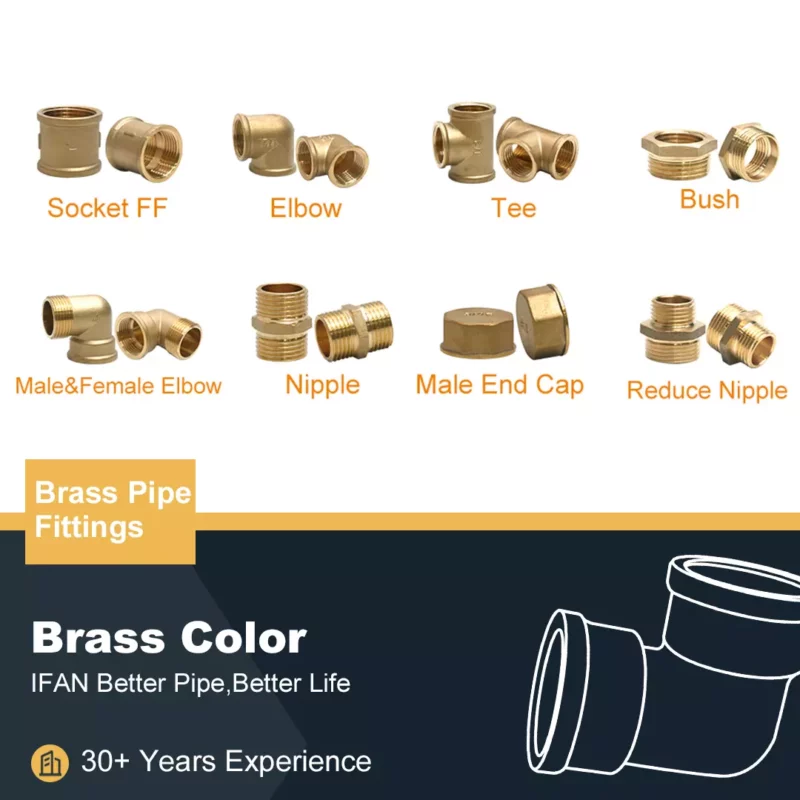
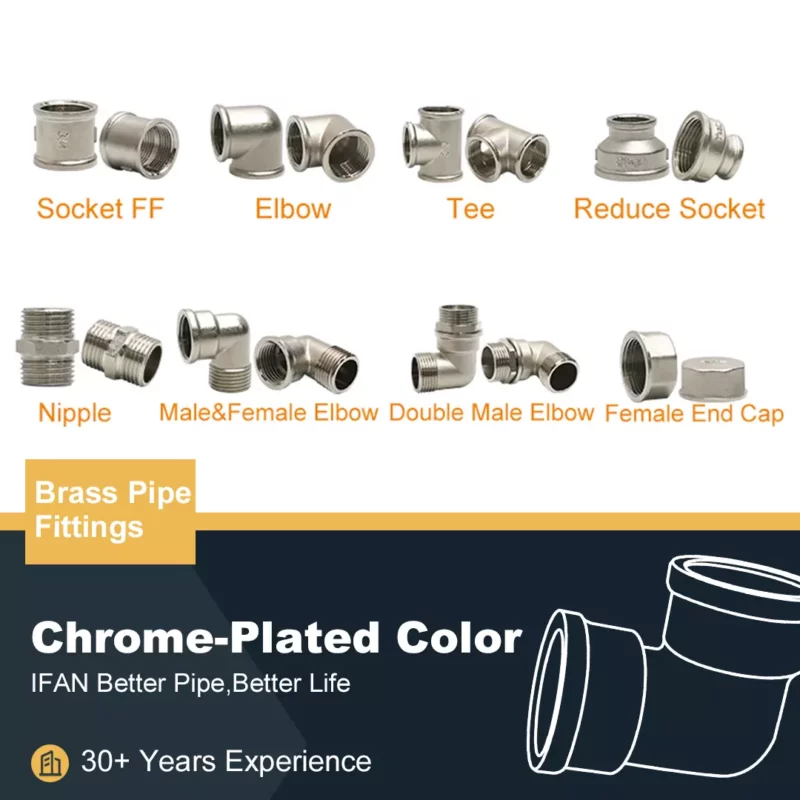
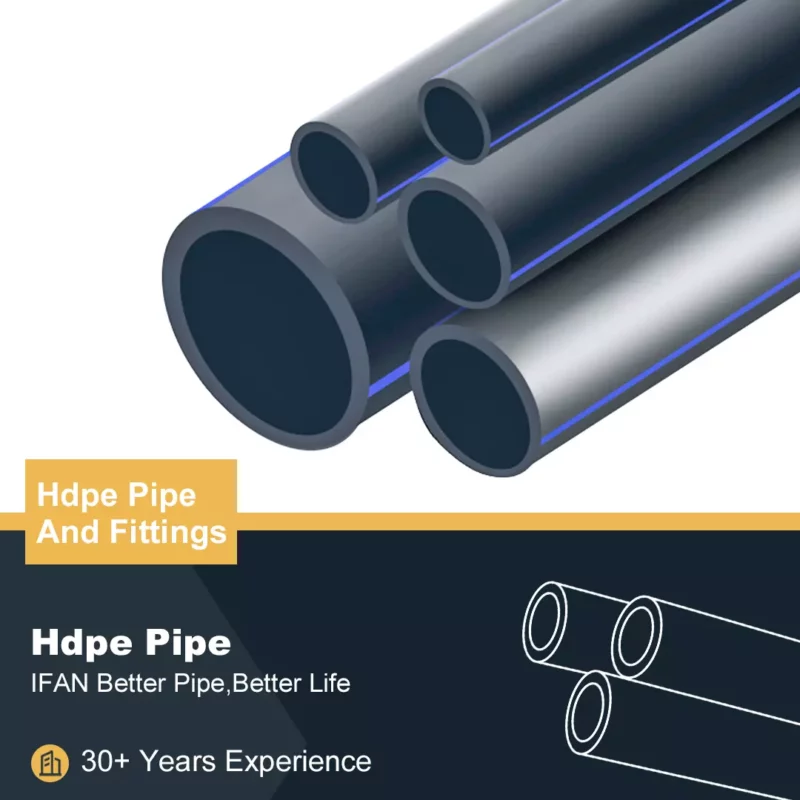
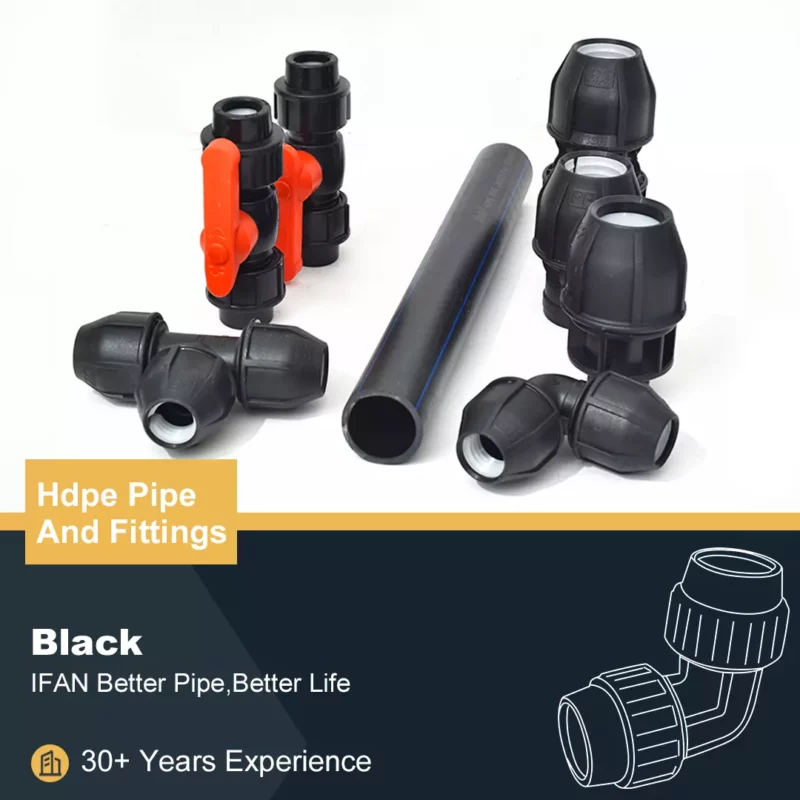
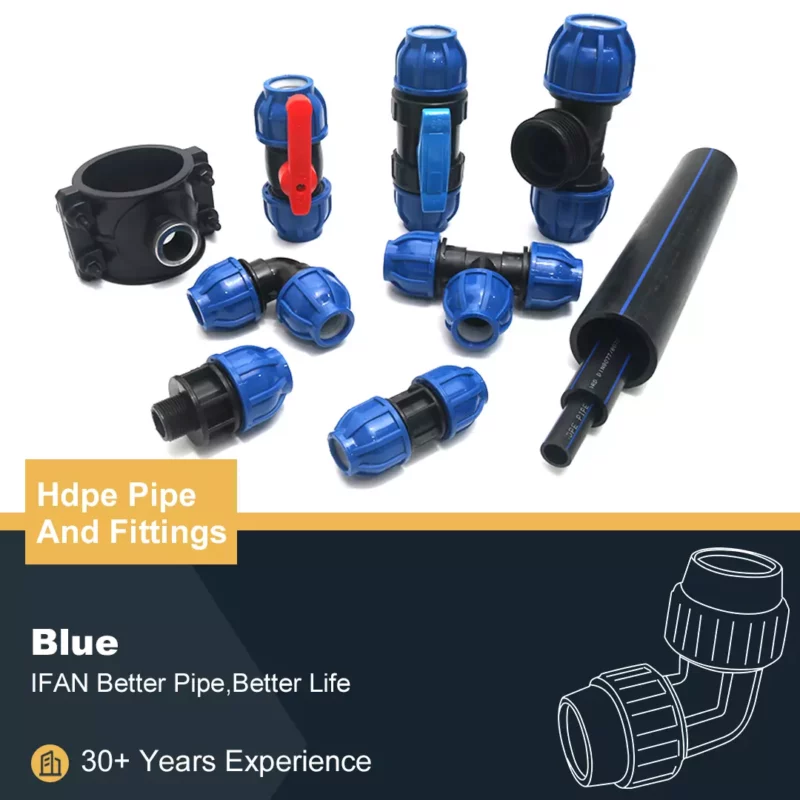
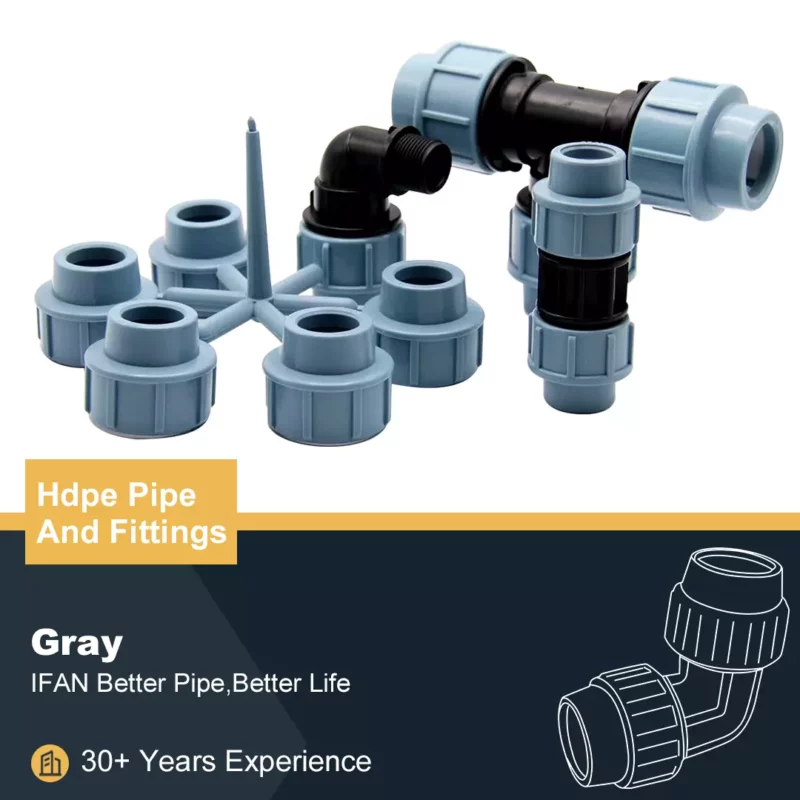
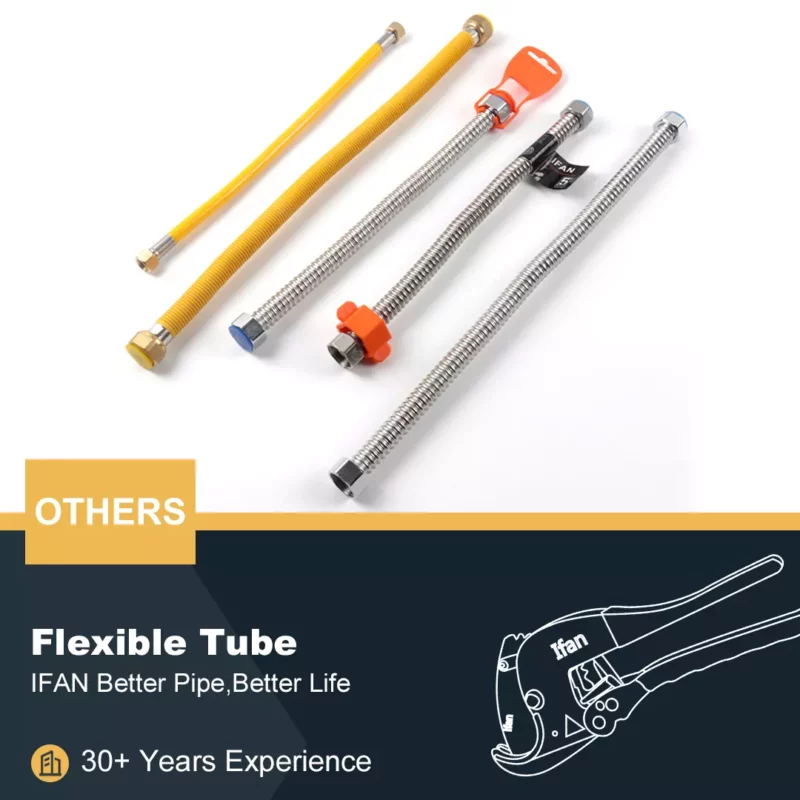
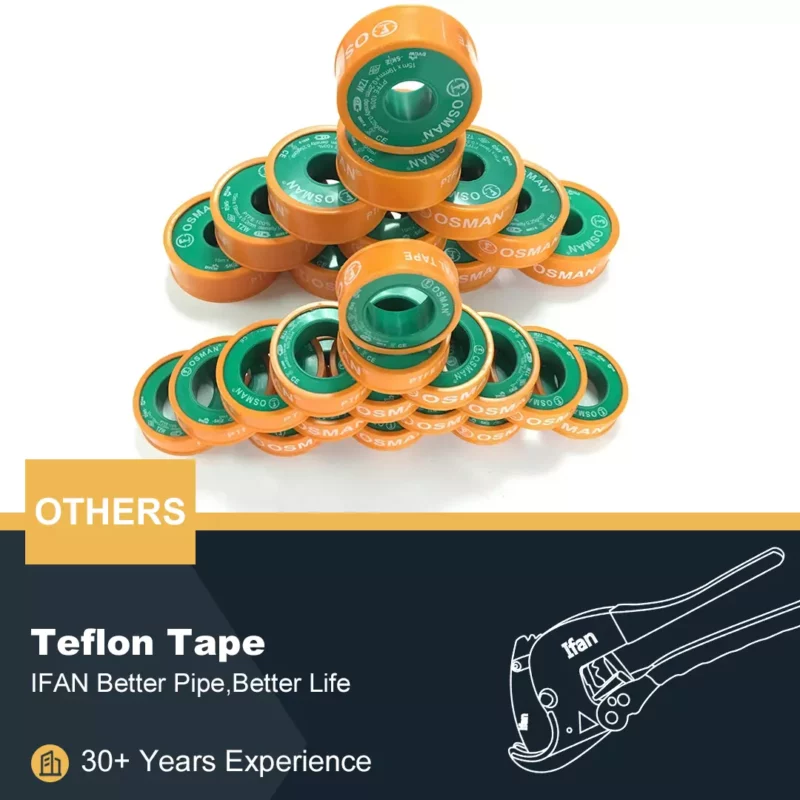
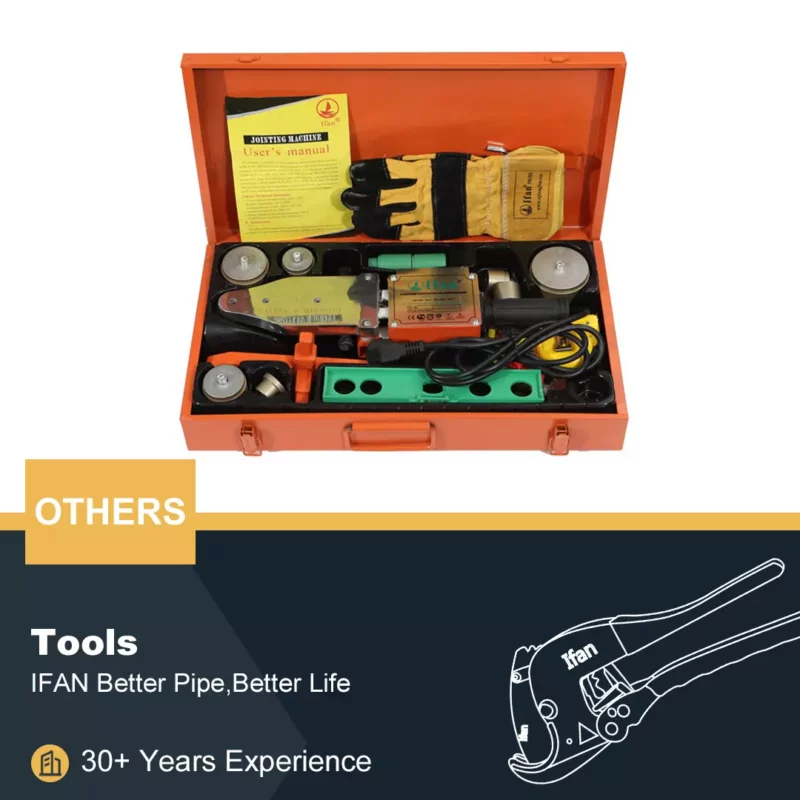

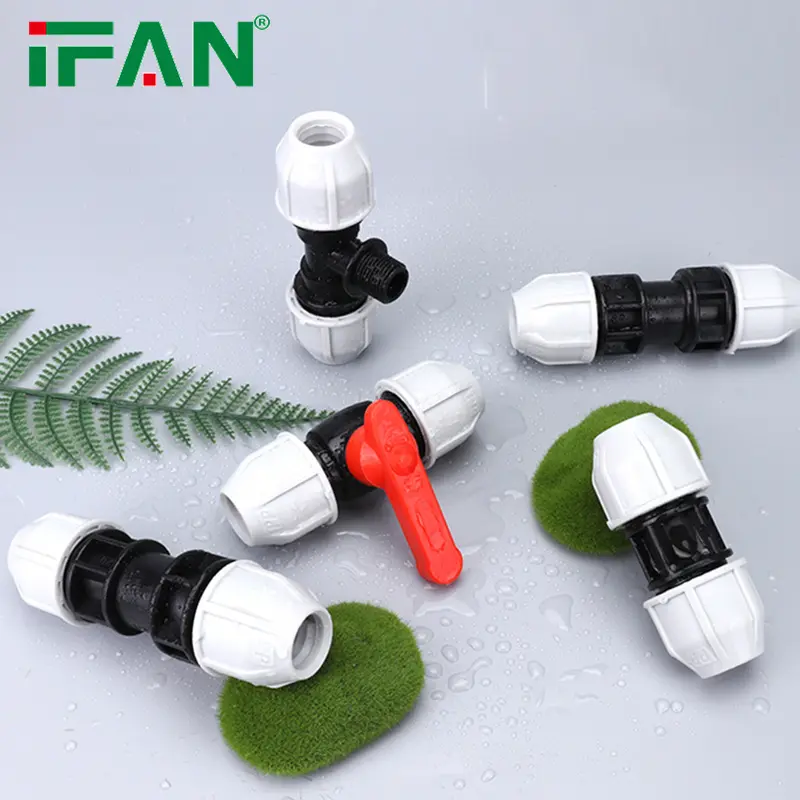
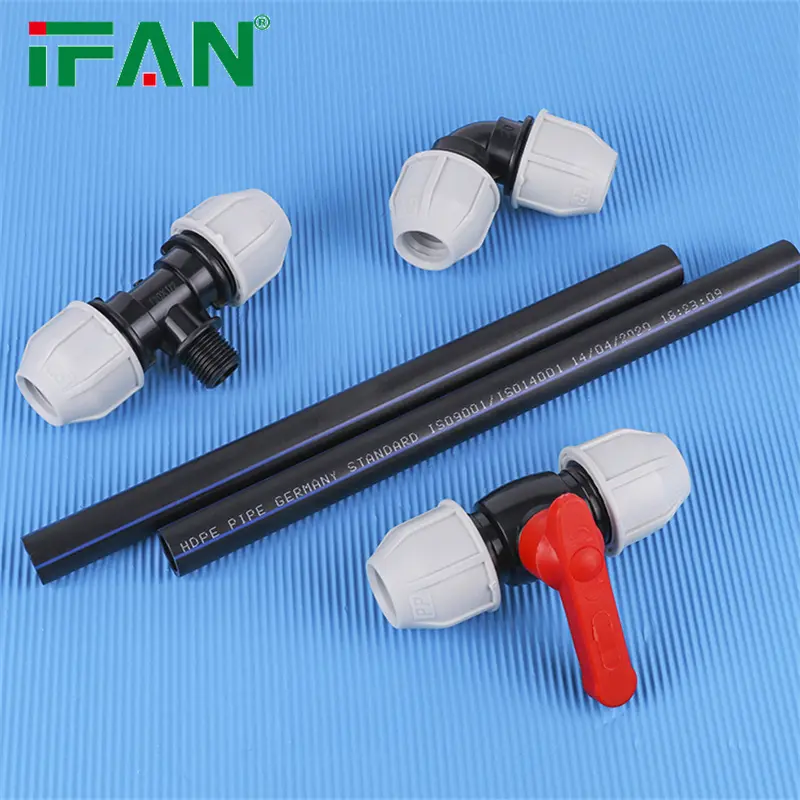
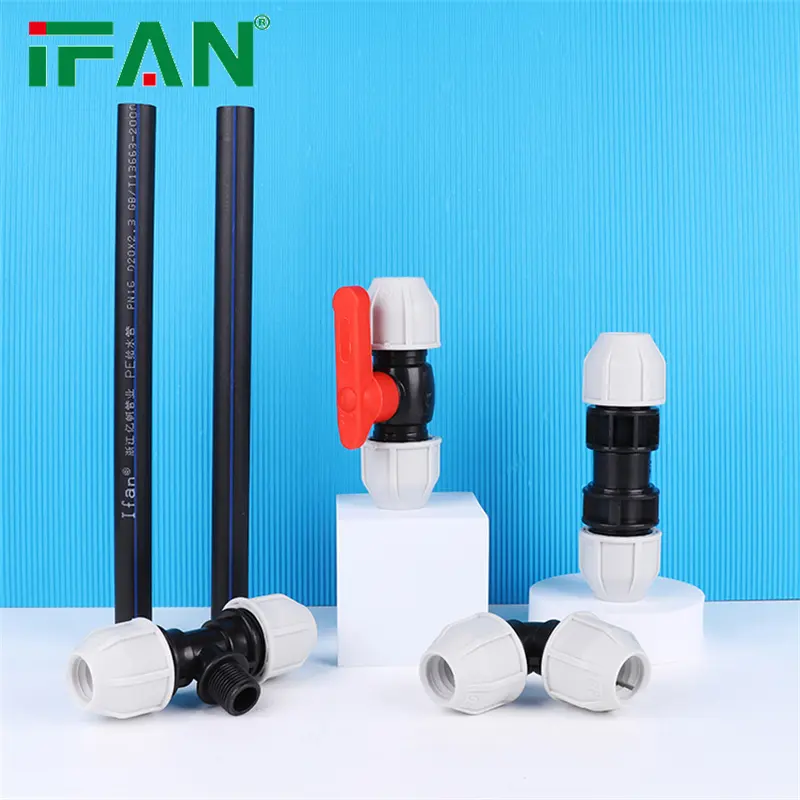





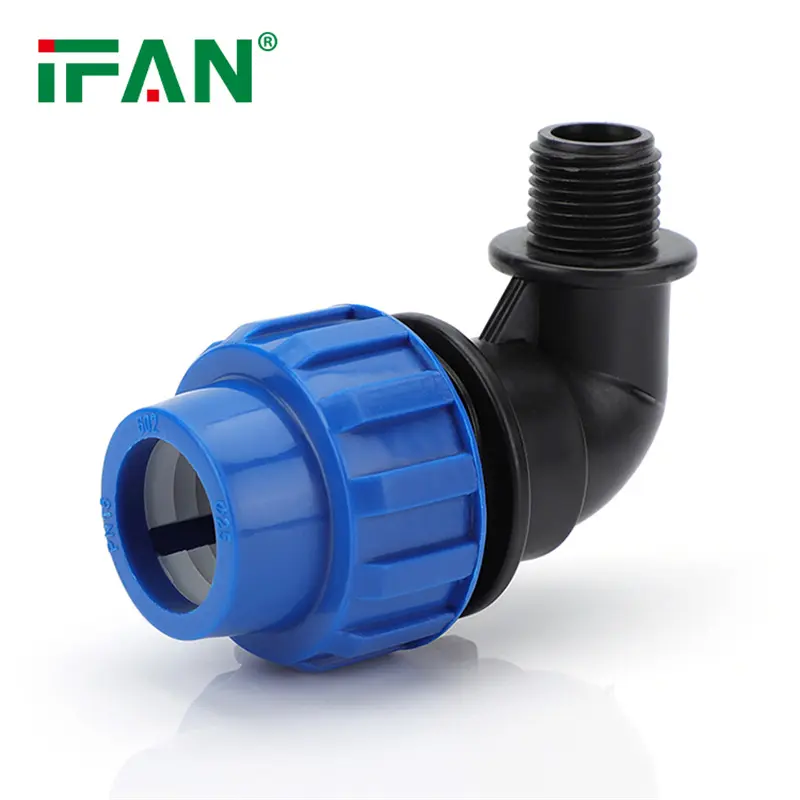
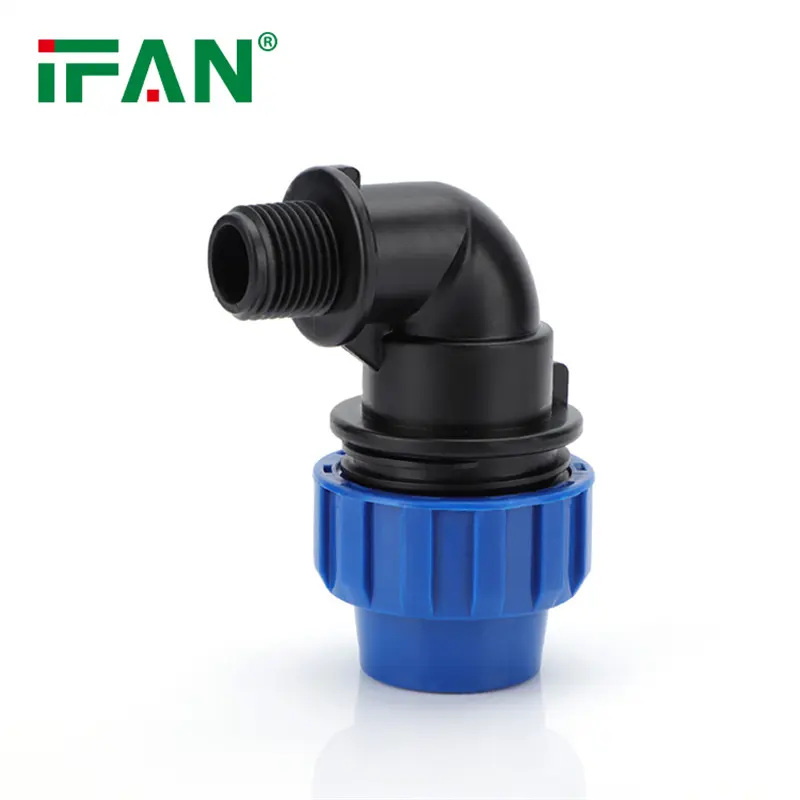
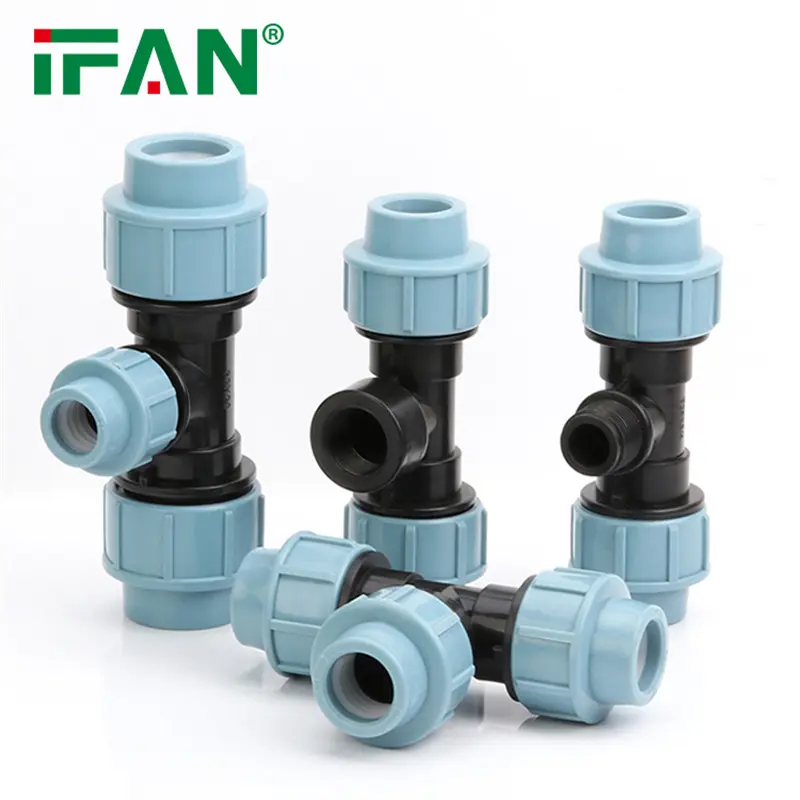
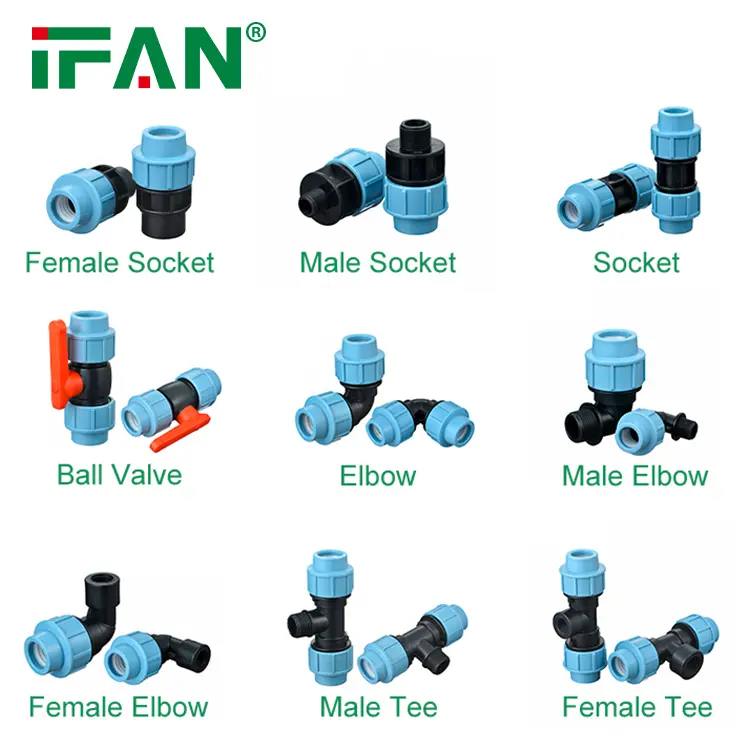
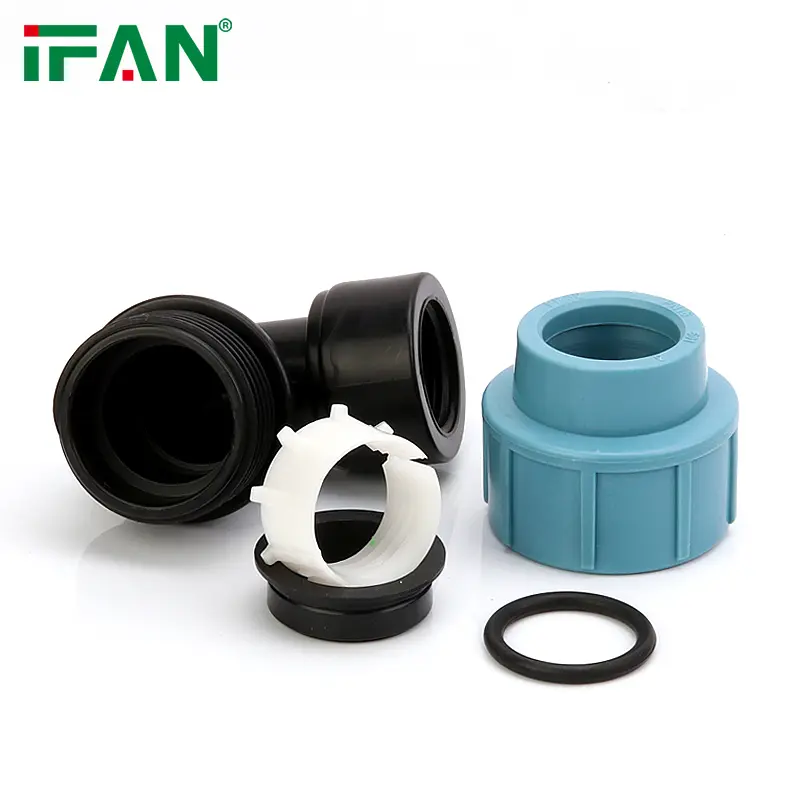
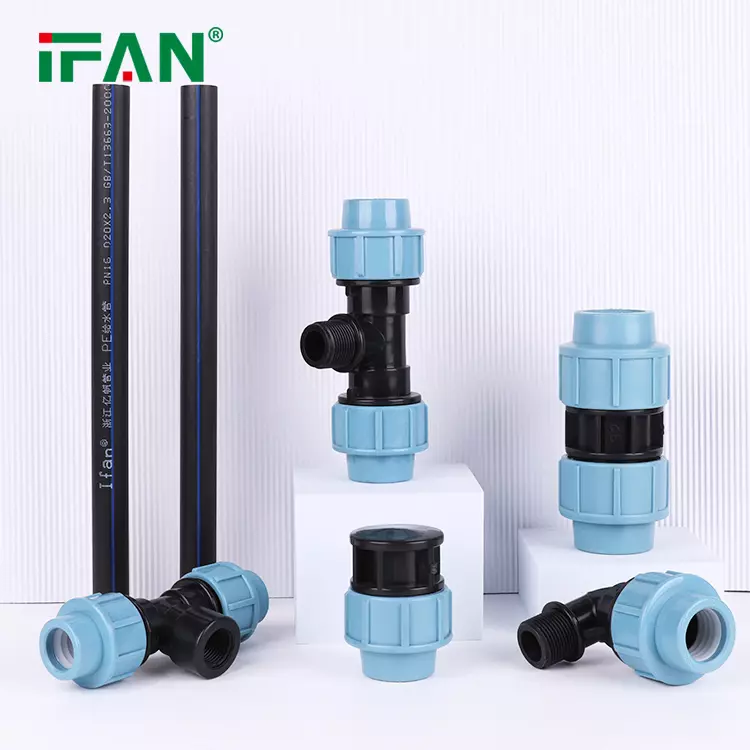
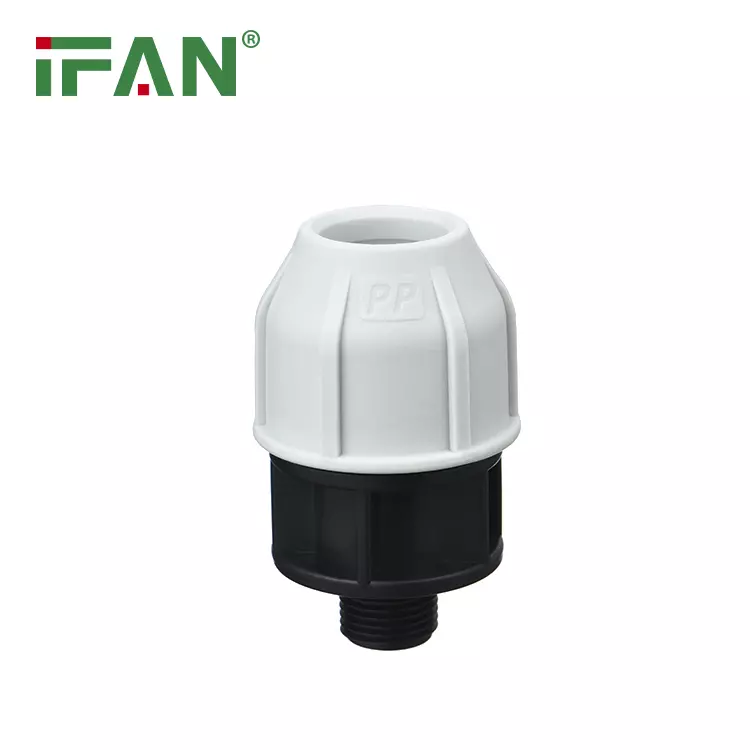
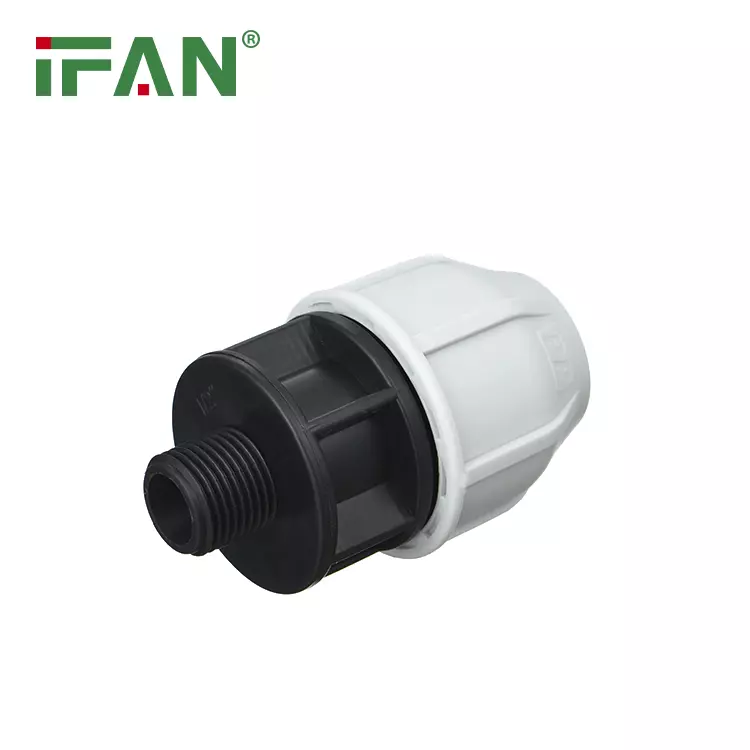

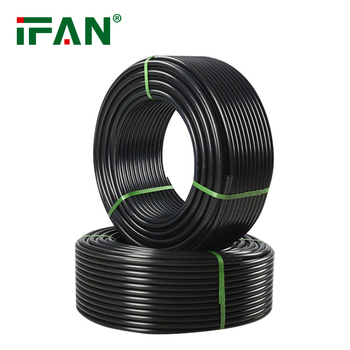




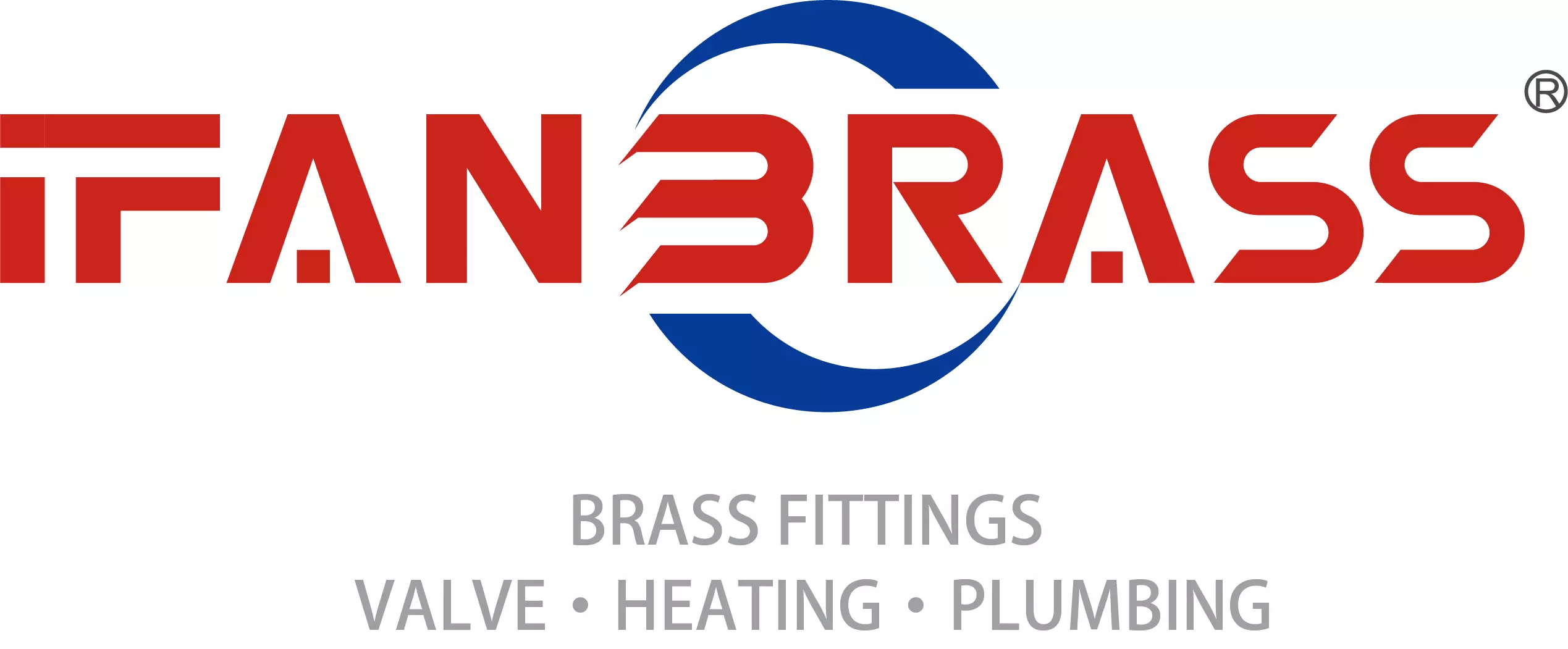





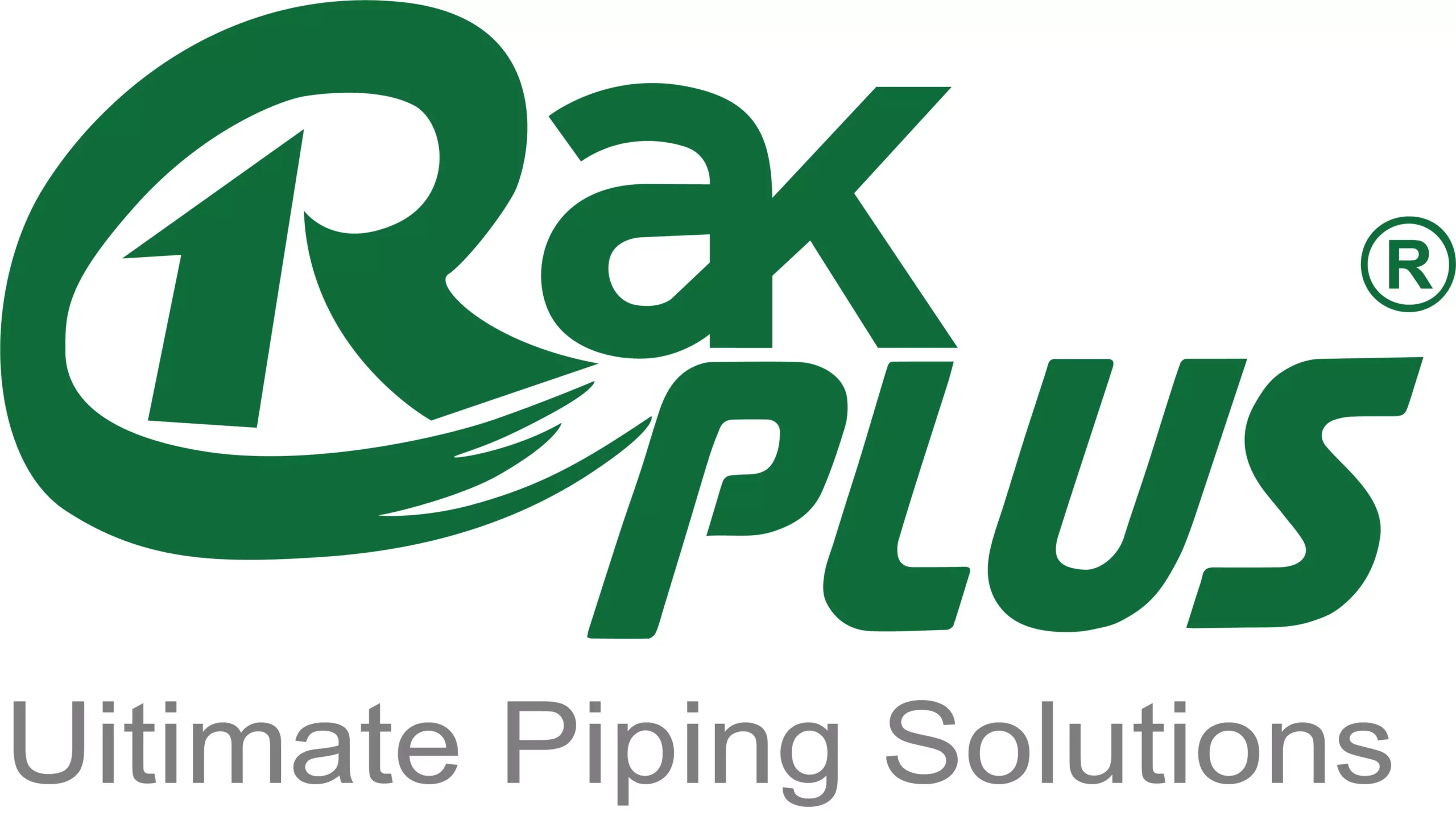
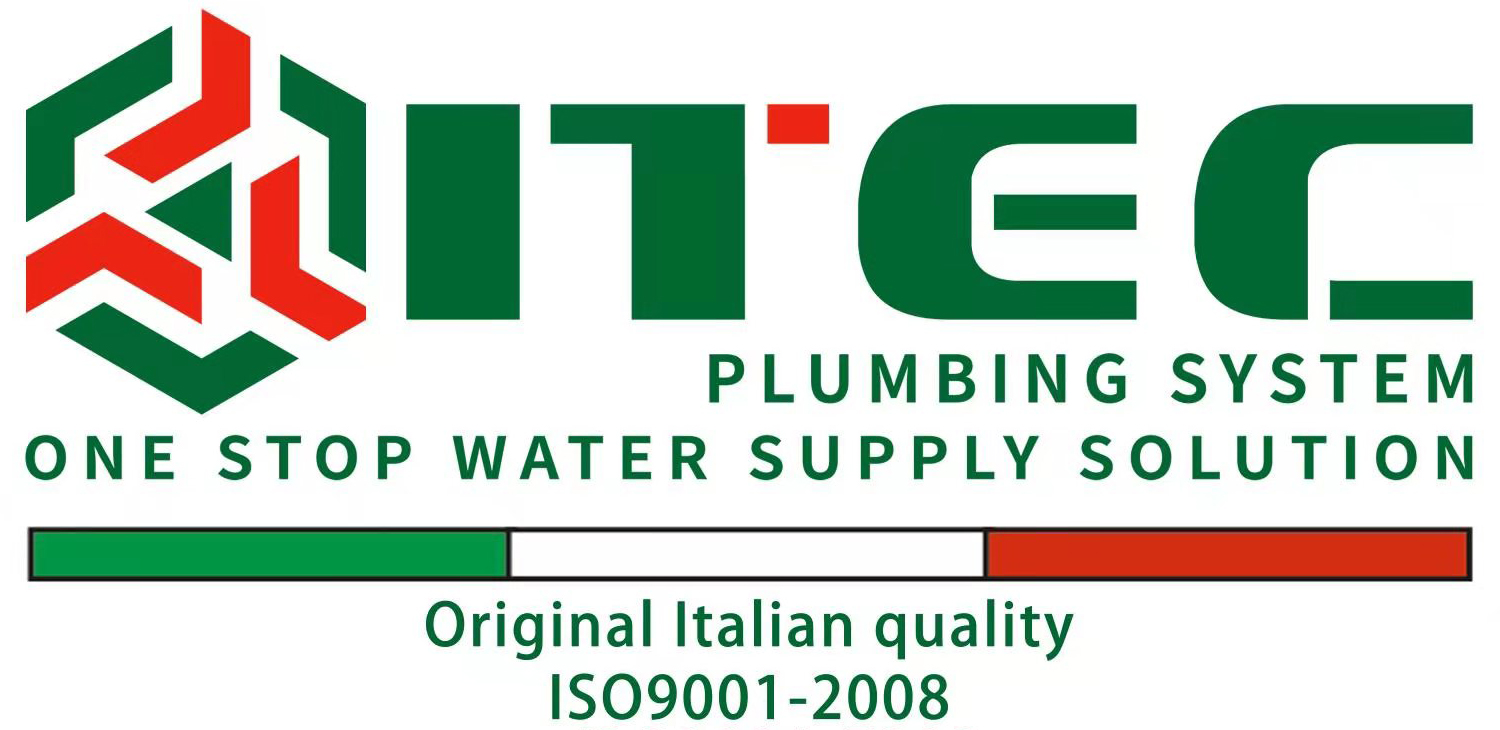

评价
目前还没有评价